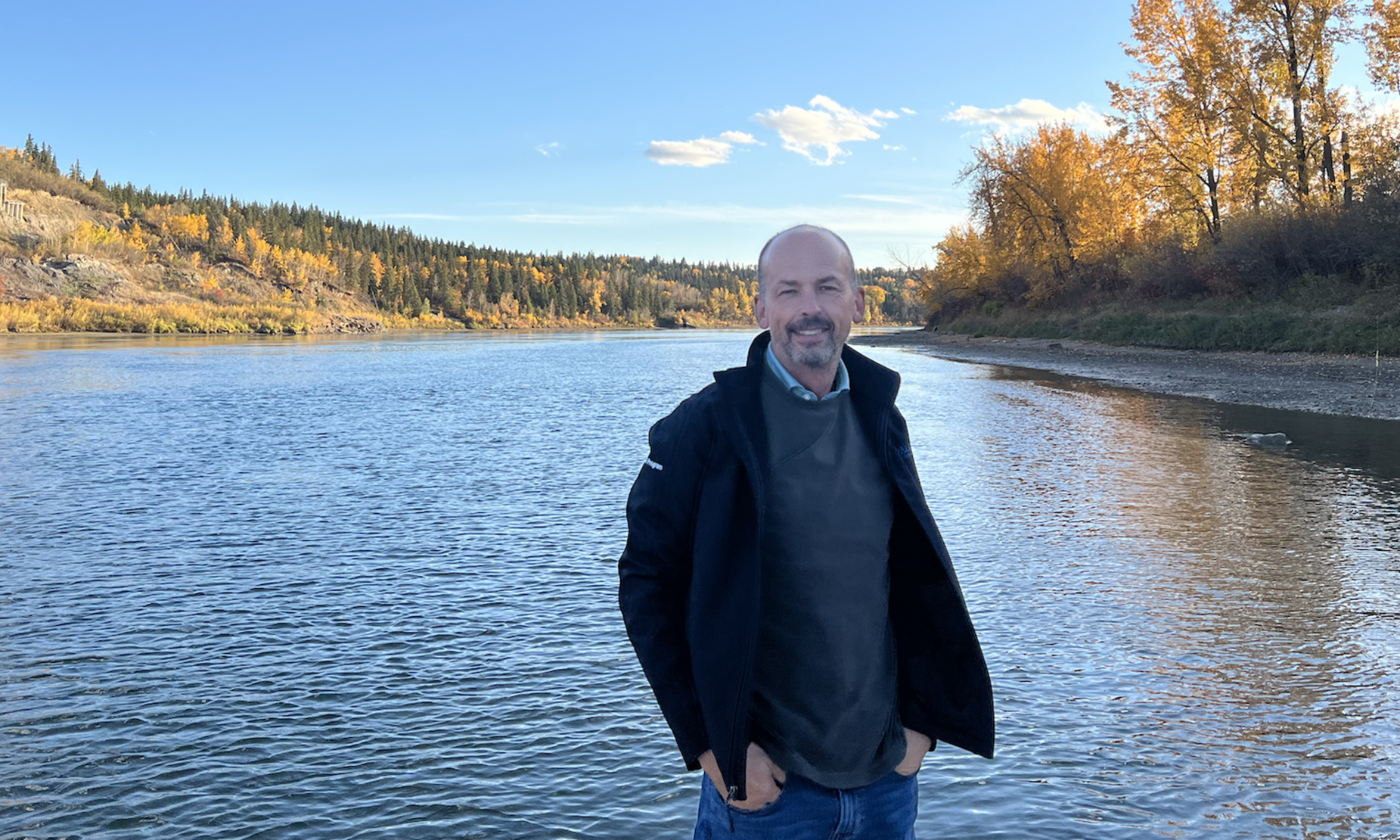I’ve started a new project recently with some creative and visionary people from Viterbo University in La Crosse, Wisconsin. University leadership. University faculty from Arts Education and Generalist Education. Pre-service teachers. In-service teachers. Principals from an elementary school and a middle school. Community organizations. The central premise is that authentic arts experiences make better humans. That’s my interpretation.
Recently we gathered, about twenty of us, for 1.5 days as a kind of core team — people committed to the early purposing and grounding of what can be a multi-year effort to change lives through arts integration. Lives of students in the neighboring schools. Lives of all of the groups named above.
 Sarah Cook (Assistant Dean, Dahl School of Business) and Sami Weaver, two of our participants, created this graphic illustration of some of our content and process. Our first day together included attention on a starting context, hearing all participant voices on interest and importance, a framework on arts integration from Stuart Stotts, Kennedy Center Arts Integration Specialist, a framework for seeing how systems change, small table conversations on essential inclusions for our project, principles and agreements for the good of our project and the people it will serve, and witnessing our appreciations of this time together. Our second day together included attention on hearing all participant voices on their emerging energy for this work, clarifying our core narrative, exploring insights and inspirations from other national programs, stakeholder groups exploring essential beginnings, and some naming of next steps, which includes an expanded retreat in June.
Sarah Cook (Assistant Dean, Dahl School of Business) and Sami Weaver, two of our participants, created this graphic illustration of some of our content and process. Our first day together included attention on a starting context, hearing all participant voices on interest and importance, a framework on arts integration from Stuart Stotts, Kennedy Center Arts Integration Specialist, a framework for seeing how systems change, small table conversations on essential inclusions for our project, principles and agreements for the good of our project and the people it will serve, and witnessing our appreciations of this time together. Our second day together included attention on hearing all participant voices on their emerging energy for this work, clarifying our core narrative, exploring insights and inspirations from other national programs, stakeholder groups exploring essential beginnings, and some naming of next steps, which includes an expanded retreat in June.
There are several important resources that that this team has been adding too, that provide background information and recommendations. These resources name some of the scale that we in La Crosse are potentially involved in.
- From the President’s Committee on Arts and Humanities (PCAH, started in 1982 by US President Ronald Regan), the initiative supported by President Barack Obama, Turnaround: Arts Initiative to Help Improve Low-Performing Schools.
From PCAH, this publication, Reinvesting in Arts Education. The “better humans” part of this report includes these points on students who participate in the arts (compiled by Barb Gayle, Viterbo’s VP for Academic Affairs and Dean of Graduate Studies):
– are four times more likely to be recognized for academic achievement
– have higher GPA / SAT scores
– demonstrate a 56% improvement in spatial-temporal IQ scores
– show higher levels of math proficiency by grade 12
– are more engaged and cooperative with teachers and peers
– are more self-confident
– are better able to express their ideas
These are all provoking patterns, aren’t they. Particularly to me, as it seems that on federal and state levels, in times of crisis, complexity, and financial shortfall, budgets for the arts are among the first to go. With desire for essential innovation, we slash what creates the very conditions needed. Further in the report it is noted that high-poverty students are being disproportionately short-changed on arts education opportunities in their schools.
- Every Child is an Artist from the Public Policy Forum. This 2014 report explores arts education programs in Milwaukee and other US cities.
- First Lady: Arts Education Good for Good Schools. This newspaper article from May 20, 2014 describes some of the priorities that Michelle Obama is championing in support of arts integration.
- In Search of the Next Steve Jobs: Increasing Innovation by Connecting STEM and Art. From the Center of Science, Policy, and Society Programs, particularly from the perspective of needing innovation in science, this article further advocates the role of art experiences in education and society.
We have started to catch some of this on a website, with values of transparency and openness.
Creative. Visionary. Arts Integration. All of these touch me deeply. And, I believe, change lives.
More to come.




Thank you for sharing this – love the diversity in educators (elementary, middle school, high school, university), using a weebly site as a ‘home space’ for this work, seeing glimpses of the process, and looking forward to what comes next. I’m curious if this group is familiar with participatory process/Art of Hosting or if you are the only one?
Cheers,
Amanda
And the photos! Oh my! Really appreciate seeing these – I can feel the energy.
Thanks Amanda. None of these have been directly involved in AoH. All, however, are skilled at many levels of interaction. A great group.